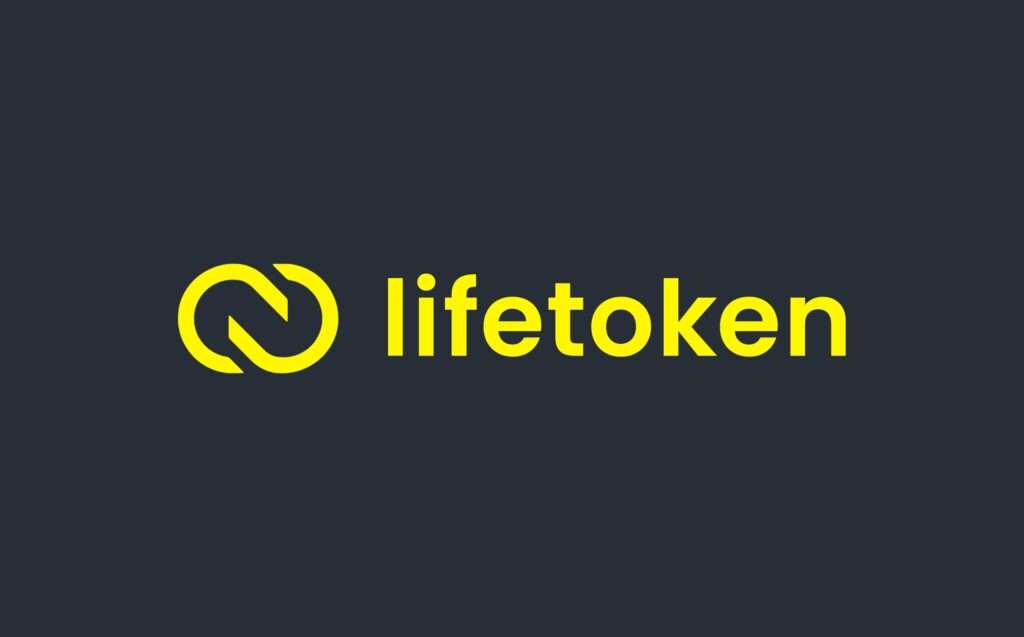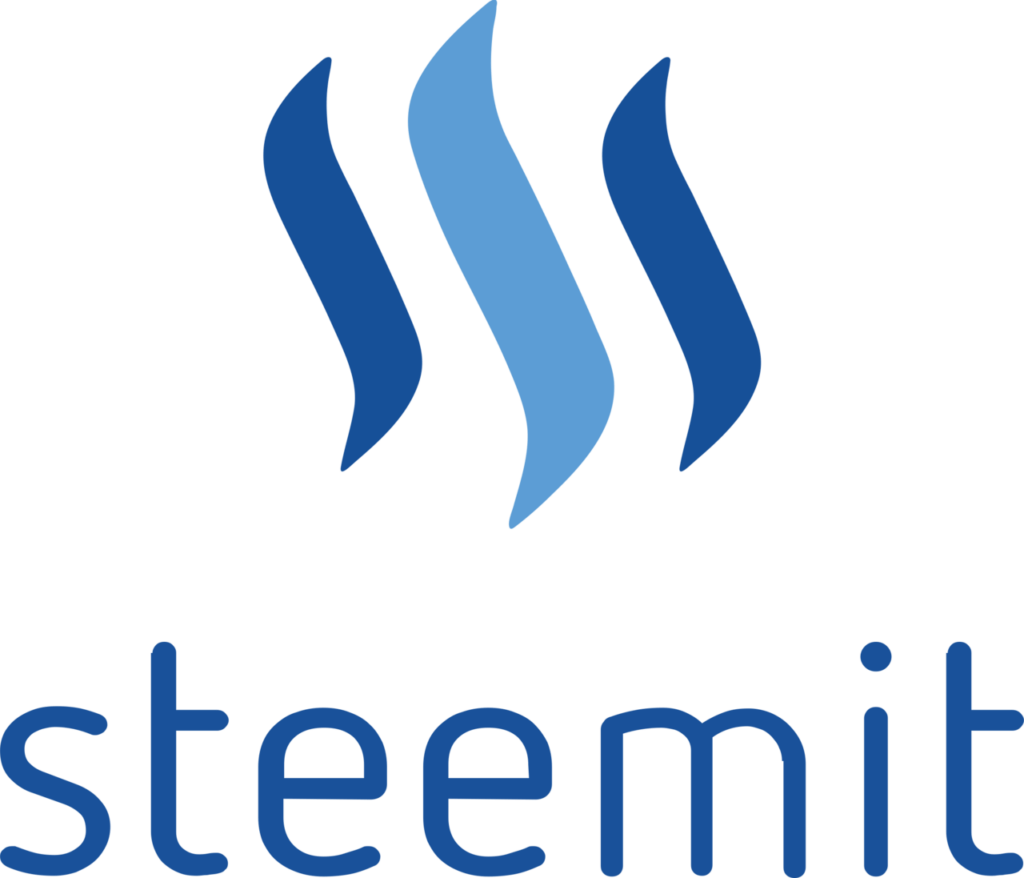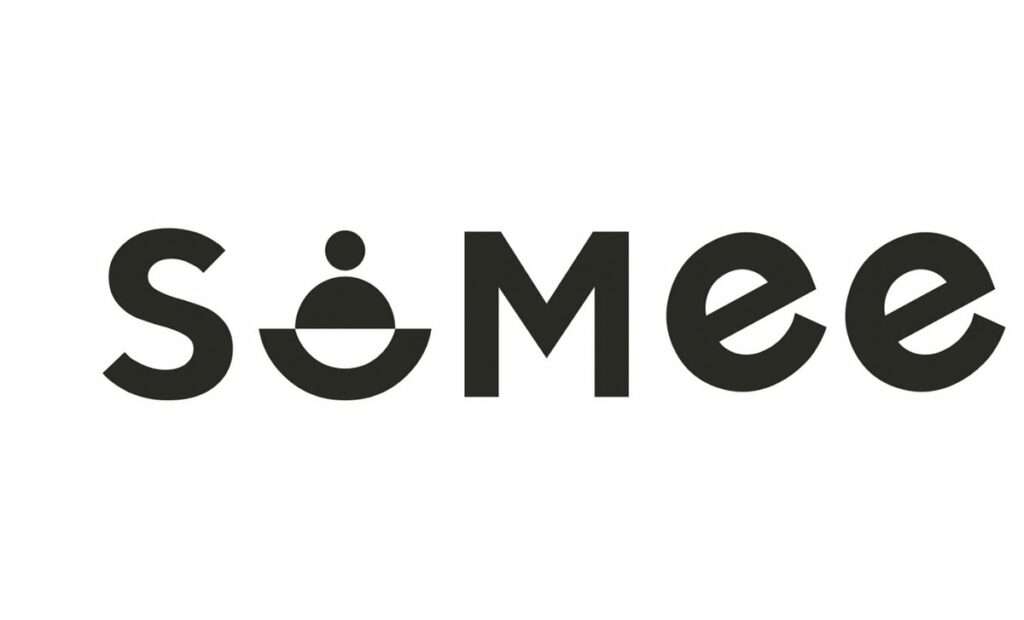As the world embraces Web3’s decentralized nature, which has influenced almost every sector, social media platforms have also taken their place in this evolution. This article discusses the rise of web3 social platforms.
Over the last decade, social media platforms have transformed social interactions for those seeking to connect with friends, family, and like-minded individuals and communities.
Since the inception of MySpace and Facebook, social media has presented us with unparalleled levels of connectivity, opening up a world of opportunity for businesses to engage with their customers.
However, with the rise of Web3, established social media platforms are forced to reconsider their business models to remain relevant in a quickly changing digital landscape.
Web3, often known as the decentralized web, is a new version of the internet based on blockchain technology.
It provides several new features that traditional social media platforms do not, including enhanced security, privacy, transparency, and control over personal data.
Web3 empowers people to take control of their online identity and data, giving them greater autonomy over their online presence.
One of the most significant advantages of Web3 is its ability to compensate individuals for their contributions to online communities.
Instead of relying on traditional revenue advertising models, Web3 platforms use cryptocurrencies and tokens to encourage user participation.
This means users can be paid for providing content, engaging with others, and helping the community flourish.
The growth of Web3 has ushered in a new generation of social media networks based on blockchain technology.
These sites provide a variety of innovative features and perks not seen on regular social networking platforms.
They empower users to take ownership of their online identities and data, giving them more control over their online presence.
Understanding Web3 Social Platforms
Web3 social platforms are websites or applications that use decentralized technology.
This encompasses blockchains, smart contracts, and cryptocurrency. Also, decentralized technologies offer an experience prioritizing privacy, security, and user control.
While traditional social media apps like Facebook, Instagram, and X rely on centralized servers, Web3 platforms use blockchain networks such as Ethereum, BNB Smart Chain (BSC), and Solana.
This decentralizes these systems, removing issues such as single points of failure, censorship, and central control.
Overall, Web3 social platforms are apps and websites that utilize blockchain networks, smart contracts, and other decentralized technologies to improve privacy and security while giving users greater control.
Before we look at examples of web3 social platforms, let us see some of the benefits of using web3 social platforms.
Benefits of Web3 Social Platforms
Web3 social platforms have many advantages over traditional social media platforms. Some of the benefits of using web3 platforms include;
- Ownership and user privacy
- Decentralized governance
- Tokenized economy
- Interoperability
Ownership and User Privacy
Web3 social media users often have complete control over their personal information, content, and interactions. This considerably lowers the likelihood of data manipulation and exploitation.
Decentralized Governance
Conventional social media programs are often managed by a centralized authority, raising worries about censorship and bias.
However, most Web3 social media sites adopt a decentralized governance architecture, allowing users to actively shape the platform’s laws and norms.
Tokenized Economy
Web3 social media networks use cryptocurrency to incentivize content development, curation, and engagement. This enables users to earn tokens for their contributions, resulting in a more democratic ecosystem.
Interoperability
The Web3 social media ecosystem seeks to remove barriers between different dapps, allowing users to communicate and exchange information across many platforms.
Web3 Social Platforms
Many popular Web3 platforms are on the market, and we cannot cover them all in this article. However, here are some of the web3 social platforms;
- Lifetoken
- Steemit
- Minds
- Chingari
- Mirror
- Hey
- SoMee
Lifetoken

Lifetoken is a Tik-Tok-style Web 3 social platform rewards program that debuted in late 2022, with a new and better version available on the app store in early 2023.
Creators must invest in Web2 platforms like Instagram to improve interaction and expand their social media profiles.
However, followers and watchers of this enhanced engagement gain nothing by supplying creators with the views, likes, and comments they seek other than watching exciting content.
Lifetoken wants to turn this paradigm on its head by paying innovators with LIFE to invest in their community. This approach was created to provide value for users’ money on a social network.
Producers utilize LIFE as an in-app incentive to encourage active users to engage in platform activities. In the future, LIFE may be exchangeable for goods and services and unique live events within the Lifetoken application.
Steemit

Steemit, founded in 2016, is a pioneering Web3 social platform based on the Steem blockchain.
It is a social media platform where users can communicate and participate as they do on other social networks like Facebook.
Steemit users receive STEEM coins for contributing to the social network. Activities and user-generated content, such as posting, sharing, upvoting, and commenting, all include a reward element.
In addition, the platform’s decentralized governance architecture allows users to participate in decision-making, creating a democratic community-driven atmosphere.
As one of the original Web3 social platforms, they established a standard for other users on how Web3 social platforms should operate and how to break the mold of Web2.
Minds

Minds is a Web3 social platform modeled after Twitter that promotes anonymity, free speech, and user empowerment.
It provides a decentralized and encrypted network in which users retain control of their data and can earn tokens for interaction and content development.
Minds raised $10 million in June 2021 from Futo, a tech freedom nonprofit founded by Yahoo Games co-founder and WhatsApp initial investor Eron Wolf.
According to Fortune, the social media site has 5 million subscribers and 300,000 monthly active users.
Minds use blockchain technology to build a transparent and censorship-resistant network that values user privacy and freedom of expression.
One example is the ‘Minds Jury System,’ a community moderation system where users collectively contribute by reporting objectionable content.
The algorithm then selects 12 randomly chosen active users to vote for or against each case, and if 75% vote in favor of the choice, the verdict is rendered.
Chingari

Chingari, a popular social network for short video sharing, was developed in India.
Chingari, launched in 2018, got considerable traction in 2020 after the Indian government banned TikTok and numerous other Chinese applications nationwide.
It offered Indian consumers, particularly younger people, an alternate platform for creating and sharing short movies.
One distinguishing element of Chingari is its emphasis on localized content and regional languages. It supports multiple Indian languages, making it accessible to users from various linguistic backgrounds.
Chingari also provides a platform for producers to monetize their content via partnerships and brand collaborations.
Chingari, a web3 social platform, recently increased its community by switching to Aptos as its preferred layer-1, replacing Solana.
According to the corporation, Chingari’s user base has grown to more than 2.2 million social media members by 2022, with a subscription revenue of $700,000 in January alone.
Mirror

Mirror is fundamentally an online writing environment based on the Ethereum blockchain, allowing active individuals to publish their work and be compensated with cryptocurrency rather than traditional cash payments.
Authors on Mirror benefit from a wallet subscription model, which allows them to publish exclusive newsletters based on their readers’ wallet addresses.
This technique improves the interaction between authors and their intended audience by giving a more personalized and direct mode of communication.
Also, Mirror supports Ethereum Name Service (ENS), which allows authors to link their profiles to their ENS names. This feature improves discoverability and believability because authors may be easily identified by their unique ENS names.
Mirror encourages collaboration through its co-authoring features, which let numerous producers work together on a single piece of material.
This creates intriguing prospects for cross-disciplinary ventures and collaborative creativity.
Hey

Hey (formerly known as Lenster) is a pioneering Web3 social networking platform driven by the Lens Protocol. It is based on the ideas of composability, decentralization, and permissionlessness.
Also, Hey provides users with an immersive experience when engaging with the social network, and the platform’s user interface (UI) and functionality are similar to those of X!
Hey includes numerous features typical of social media platforms, such as writing posts, following profiles, leaving comments, and more.
However, in addition to this, the platform supports both fungible and non-fungible tokens. Users can, for example, employ tokens to gate publications.
In all, Hey is a Web3 social networking platform that offers functionality comparable to X while adhering to the fundamental concepts of decentralization and permissionlessness!
SoMee

SoMee, built on the innovative Hive blockchain, is committed to creating a thriving community where individuals can freely express themselves while keeping complete privacy.
Active users are rewarded with valuable $SME tokens for actively interacting on the platform, allowing them to own a piece of the ecosystem to which they contribute.
The conspicuous dollar button on the feed page gives real-time information about token earnings, which can be easily controlled using their private Web3 wallets.
Plus, SoMee provides an array of exciting features such as exchange options, cutting-edge AI services, seamless streaming voice chat capabilities, private inbox and instant messaging, and a lucrative affiliate program, all of which enhance the user experience and solidify SoMee’s position as a leading Web3-based social media platform.
Final Thoughts
Web3 social platforms provide a revolutionary model for social interaction, starkly contrasting their centralized competitors’ inadequacies.
They offer a high level of autonomy, privacy, and flexibility, enabling self-expression without the limits that traditional platforms frequently impose.
These web3 social platforms create an ideal environment for community-driven growth, innovation, and shared economic success.
Instead of delegating control to a limited group of people, decentralization aims to disperse control among all participants, resulting in a social climate that values everyone’s contributions.












